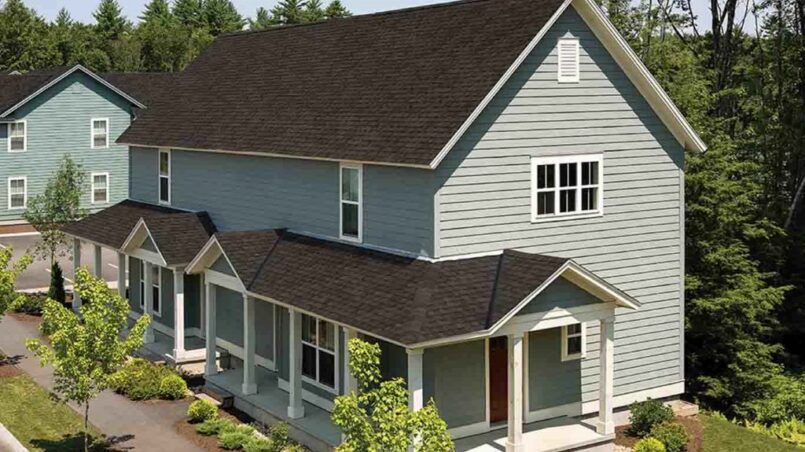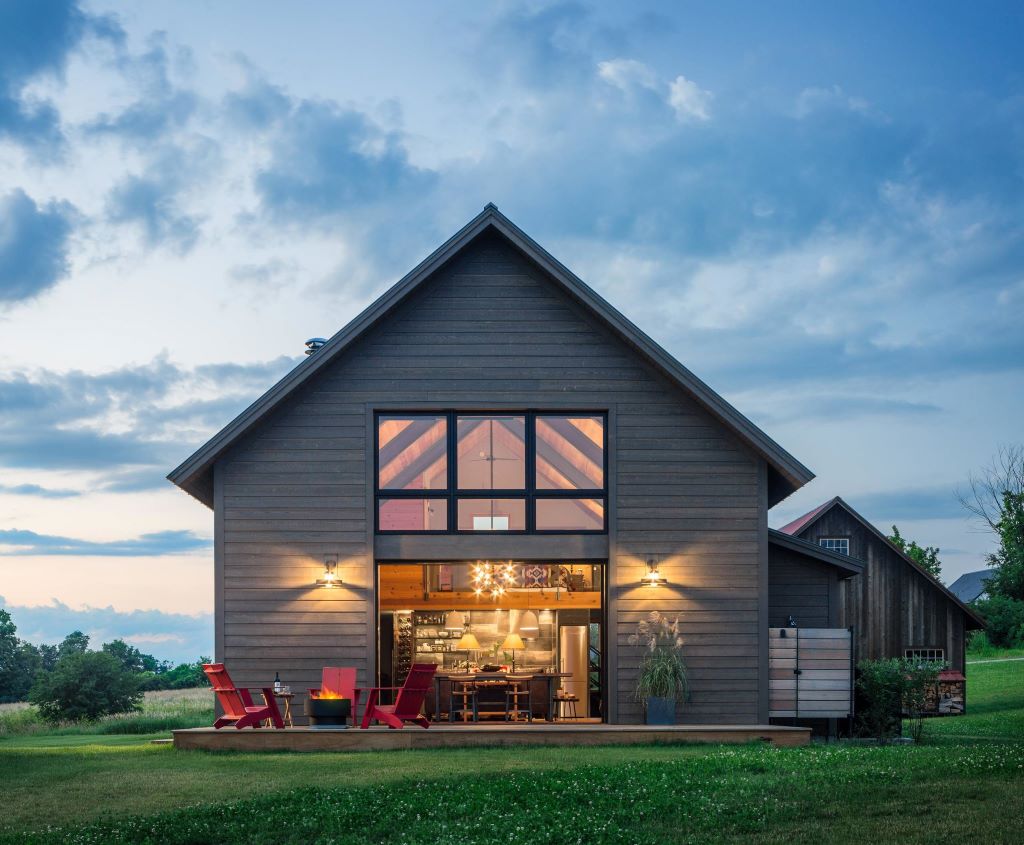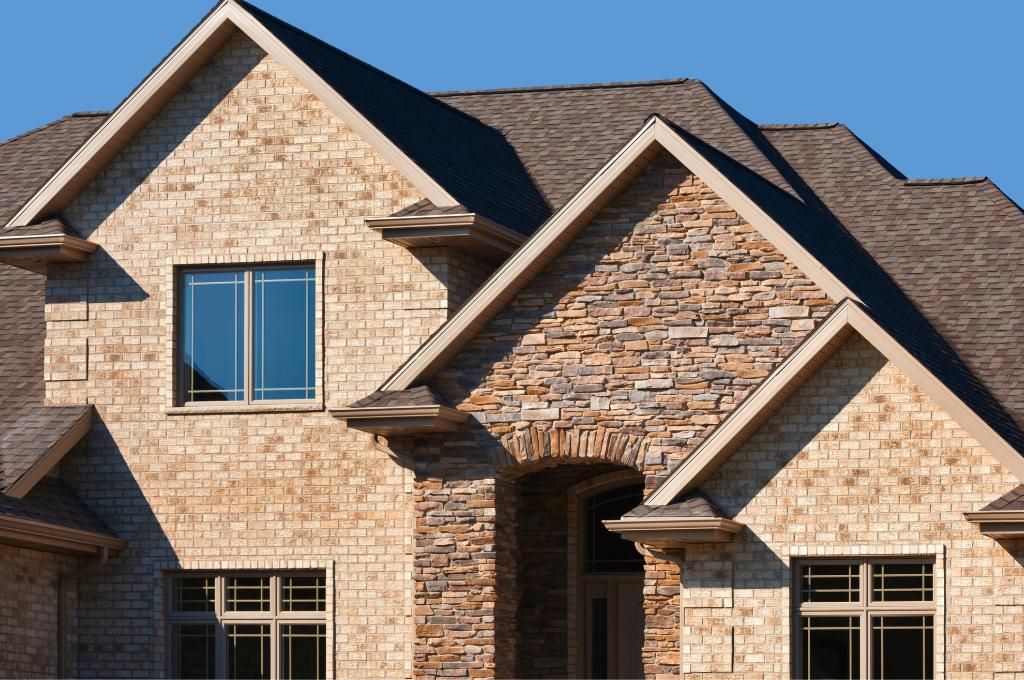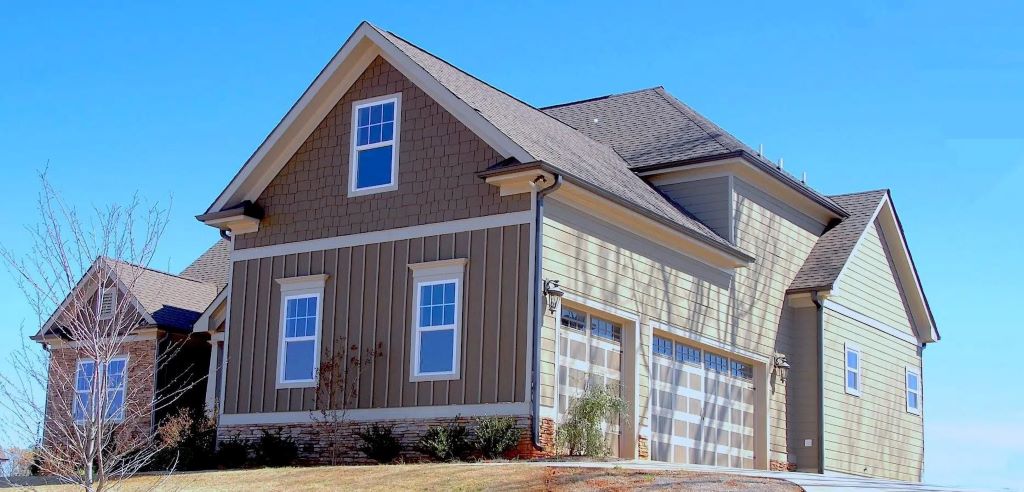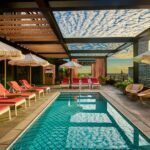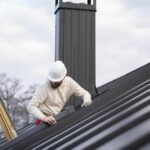Gable roof design combines aesthetics and practicality through its simple and versatile structure. It offers a visually appealing triangular shape and provides good ventilation and protection against rain and snow. Gable roofs are cost-effective to build and allow for more attic or vaulted ceiling space. However, they may not be suitable for high-wind or hurricane-prone areas. With various design options available, gable roofs can be customized to match the aesthetic and functional needs of any home.
Explore the aesthetic appeal and practical advantages of gable roof designs and discover ways to enhance their overall design and functionality.
Aesthetic Considerations
When it comes to roofing design, aesthetics play a crucial role in enhancing the overall appeal of a building. The choice of roofing design can greatly impact the visual impression it creates. One popular and versatile option is the gable roof design. Gable roofs not only offer practical advantages but also bring a touch of classic charm to any architectural style. Let’s explore the aesthetic considerations of gable roof design.
Common Architectural Styles Using Gable Roofs
Gable roofs have been a staple in various architectural styles throughout history. From traditional to contemporary, here are some common architectural styles that feature gable roofs:
| Architectural Style | Description |
|---|---|
| Greek Revival | Characterized by full-width porches, entryway columns, and gabled roofs, the Greek Revival style exudes timeless elegance. |
| Tudor | The Tudor style combines elements of medieval and Renaissance architecture, with steeply pitched gable roofs being a notable feature. |
| Craftsman | Known for its emphasis on craftsmanship and natural materials, the Craftsman style often showcases gable roofs with decorative eaves. |
| Colonial | Colonial homes typically feature symmetrical facades and gable roofs, reflecting the timeless elegance of early American architecture. |
Design Options For Gable Roofs
Designing a gable roof allows for a range of customization options to suit different architectural preferences. Here are some design options to consider:
- Roof Pitch: The pitch of the gable roof can be adjusted to create a more dramatic or subtle appearance. A steeper pitch adds a sense of grandeur, while a shallower pitch can lend a modern touch.
- Roof Materials: Choosing the right materials for your gable roof can greatly impact its aesthetic appeal. Options such as shingles, tiles, or metal roofing can provide different textures and colors to complement the overall design.
- Gable Ends: The gable ends, or the triangular portions of the roof, can be enhanced with decorative elements such as ornate trusses, finials, or gables with windows to add character and visual interest.
- Dormers: Adding dormers to a gable roof not only increases natural light and ventilation but also adds architectural charm. Dormers can be designed in various shapes, such as shed or hipped dormers, to create a distinctive look.
With these design options, gable roofs can be tailored to suit various architectural styles and personal preferences. Whether you seek a classic, elegant look or a modern and sleek design, a gable roof offers versatility to fulfill your aesthetic vision.
Practical Considerations
Gable roof design offers both aesthetic appeal and practical benefits. With its simple and versatile construction, gable roofs provide ample space for storage, better ventilation, and efficient water and snow shedding. However, they may pose challenges in areas with high wind or hurricane conditions.
Despite this, gable roofs remain a popular choice for their functionality and customizable design options.
When it comes to choosing the right roof design for your home, practical considerations play a crucial role. A gable roof design offers not only aesthetic appeal but also several practical benefits. Understanding the functionality and benefits of gable roofs, as well as the maintenance and building considerations, will help you make an informed decision for your roofing needs.
Functionality And Benefits Of Gable Roofs
Gable roofs have a distinct triangular shape, with two sloping sides that meet at a ridge in the middle. This design not only adds a stylish architectural element to your home but also provides numerous functional advantages.
1. Excellent Water and Snow Shedding
Gable roofs are highly effective at shedding water and snow. Their steep slopes allow precipitation to quickly drain off, preventing water pooling and potential damage to the roof. This feature is especially beneficial in areas with heavy rainfall or snowy winters.
2. Increased Attic Space and Vaulted Ceilings
The steep slopes of gable roofs create additional space in the attic, providing storage or potential living areas. Additionally, gable roofs allow for vaulted ceilings, which can enhance the spaciousness and openness of your home’s interior.
3. Enhanced Ventilation
Gable roofs offer better ventilation compared to other roof designs. The steep slopes and triangular shape allow hot air to rise and escape through the ridge vent, promoting better airflow and preventing moisture buildup. Proper ventilation can help regulate indoor temperatures, improve energy efficiency, and extend the lifespan of your roofing materials.
Maintaining And Building Gable Roofs
When it comes to maintenance and construction, gable roofs are relatively straightforward and cost-effective to maintain and build.
1. Roof Maintenance
Regular inspections and maintenance are essential to ensure the longevity and optimal performance of your gable roof. You should periodically check for any signs of damage, such as loose or missing shingles, leaks, or sagging. Additionally, clearing debris from the roof and gutters will help prevent clogs and water damage.
2. Proper Roof Construction
To ensure a sturdy and reliable gable roof, proper construction practices should be followed. This includes using high-quality materials, hiring experienced roofers, and adhering to local building codes and regulations. Proper installation of flashing, underlayment, and ventilation systems is crucial to prevent leaks and ensure the durability of your gable roof.
Frequently Asked Questions Of Gable Roof Design: Aesthetic And Practical Considerations
What Are The Pros And Cons Of Gable Roof Design?
Pros of gable roof design include easy water and snow shedding, more attic space, ventilation, and cost-effectiveness. However, gable roofs can be problematic in high wind and hurricane areas.
What Makes A Gable Roof Unique?
A gable roof is unique because it has at least one flat end called a “gable. ” This triangular end is made of siding or other exterior materials, not roof materials. Gable roofs are most common in cold climates and can have one or more gables.
What Is The Architectural Design Of A Gable Roof?
A gable roof is an architectural design with two slopes that form an “A” or triangle shape. It has been used since ancient Greece and is still common today. Gable roofs are simple and cost-effective to build, provide extra space and ventilation, but can be problematic in high wind areas.
What Architectural Style Was Designed Primarily With A Gable Roof?
The architectural style that was primarily designed with a gable roof is the Greek Revival style.
Conclusion
Gable roofs are an excellent choice for homeowners seeking a combination of style, affordability, and practical benefits. Offering good ventilation and protection against rain and snow, gable roofs can be tailored to suit the aesthetic and functional needs of almost any home.
Their simple design makes them easy to build and more cost-effective compared to complex roof designs. Exploring creative gable roof designs can elevate your home with unique ideas. While they may pose challenges in high wind and hurricane areas, the overall advantages of gable roofs make them a popular and classic architectural choice.

